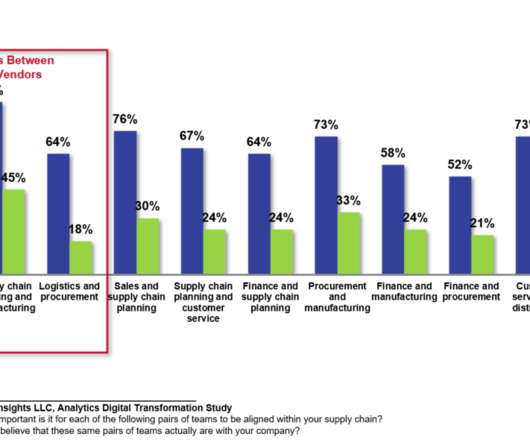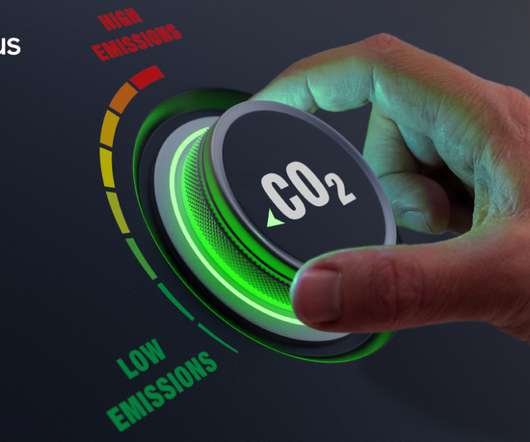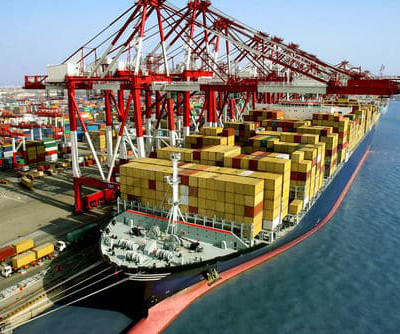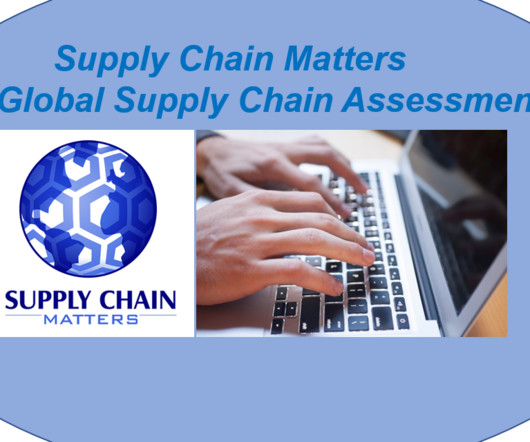No Time Like the Present
Supply Chain Shaman
OCTOBER 13, 2022
While shipping craziness is abating, the issues and implications of the Russian-Ukrainian war, energy shortages in China and Europe, food instability in Africa, and the global water crisis reverberate as disruption after disruption in the supply chain. Inventories increased by 44% due to supply chain volatility. See the pattern?























Let's personalize your content